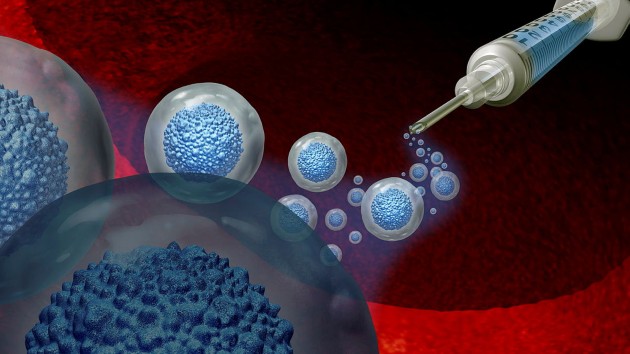
Innovative methods for treating mental disorders
This cross-journal collection welcomes submissions of clinical and preclinical work on innovative methods for treating all mental disorders.

This cross-journal collection welcomes submissions of clinical and preclinical work on innovative methods for treating all mental disorders.




Chaturvedi, Köster et al. discuss challenges faced by studies evaluating tests for emerging infectious agents. They propose a unified framework for test development, evaluation, and validation based on the feedback loop between test accuracy evaluation, use of accuracy estimates in modelling studies, and interventions based on modelling results.
